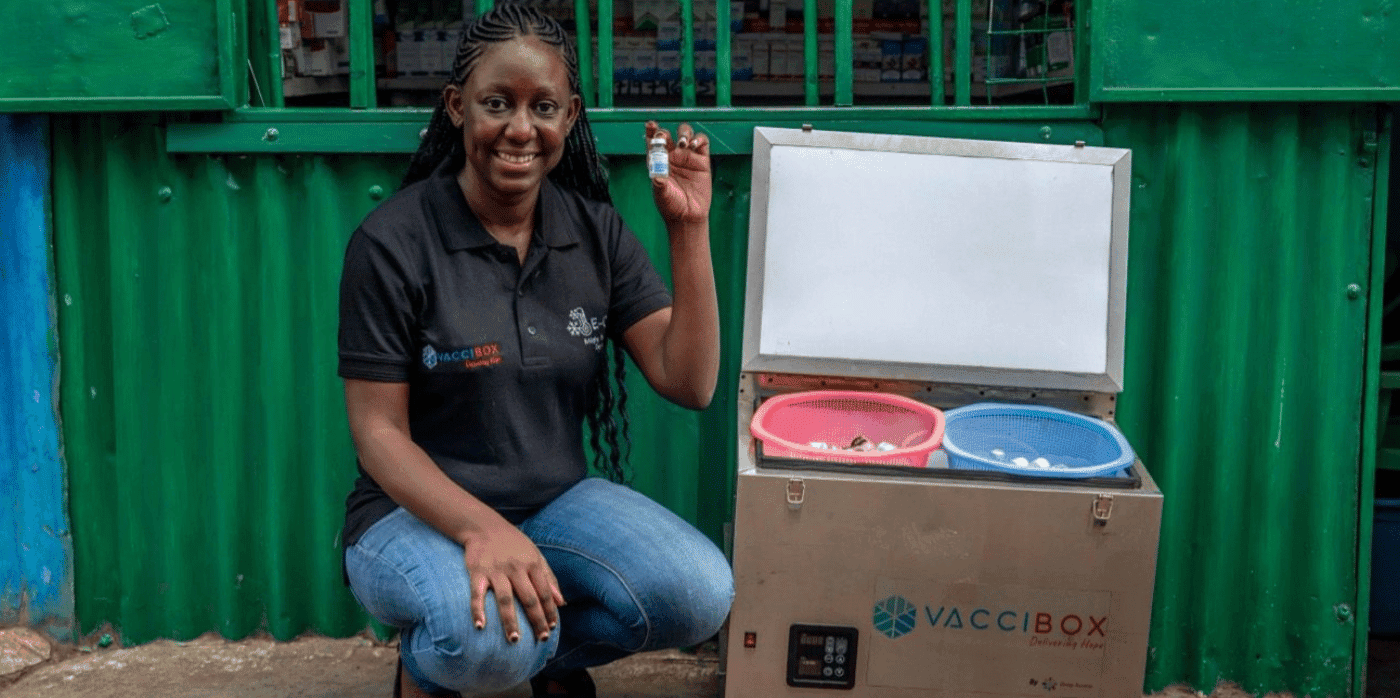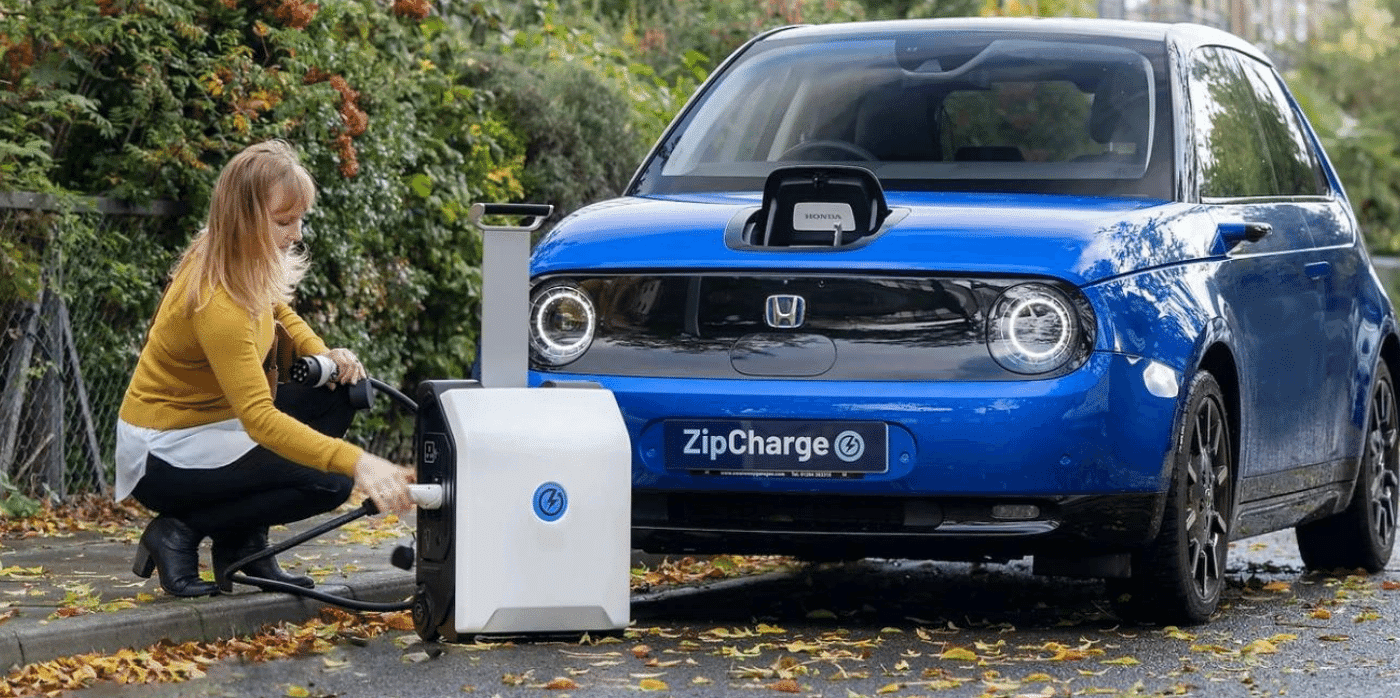A portable solar fridge for delivering vaccines to rural communities

Spotted: The World Health Organization estimates that 1.5 million deaths are caused by vaccine-preventable diseases every year and one, if not the main, obstacle to improving essential vaccine distribution is a lack of refrigerated storage. Now, a portable, solar-powered cool box is helping healthcare workers across Kenya improve vaccination rates for some of the most common diseases.
Engineer Norah Magero created the VacciBox as part of her work as co-founder and CEO of Drop Access, a Kenya-based organisation supporting off-grid communities in becoming sustainable via renewable energy solutions. Drop Access helps small communities access financing for solar energy projects, trains farmers to use new sustainable agricultural methods, and makes it possible for healthcare teams to safely store and transport vaccines and medicines. Having initially outsourced manufacturing to China, Magero and her VacciBox co-founder James Mulatya knew that the cost of the refrigerator was important to expand vaccine access, so decided to work with other local engineers to keep production in the country.
Solar-powered and with a built-in battery backup, VacciBox uses the Internet of Things (IoT) feature to track temperatures, location, and maintenance needs for each refrigerator. Designed explicitly to be easy to transport on the back of a bicycle or moped, the fridge comes with a pop-up handle, rubber wheels, and a USB charging port as an additional service.
Currently in use in two pilot locations, immunisation at one of the facilities has already increased by 45 per cent with the help of the VacciBox. The design won the 2022 Cisco Global Problem Solver Challenge Grand Prize, and Magero plans to use the $250,000 (around €234,000) prize to expand production and expand into other countries.
The challenges of keeping medicines appropriately cool are sizeable, and Springwise has spotted innovations seeking ways to tackle this problem by creating medicines that are stable at room temperature, such as immunisations that are administered via a patch, or vaccines encased and protected in silica.
Written By: Keely Khoury


